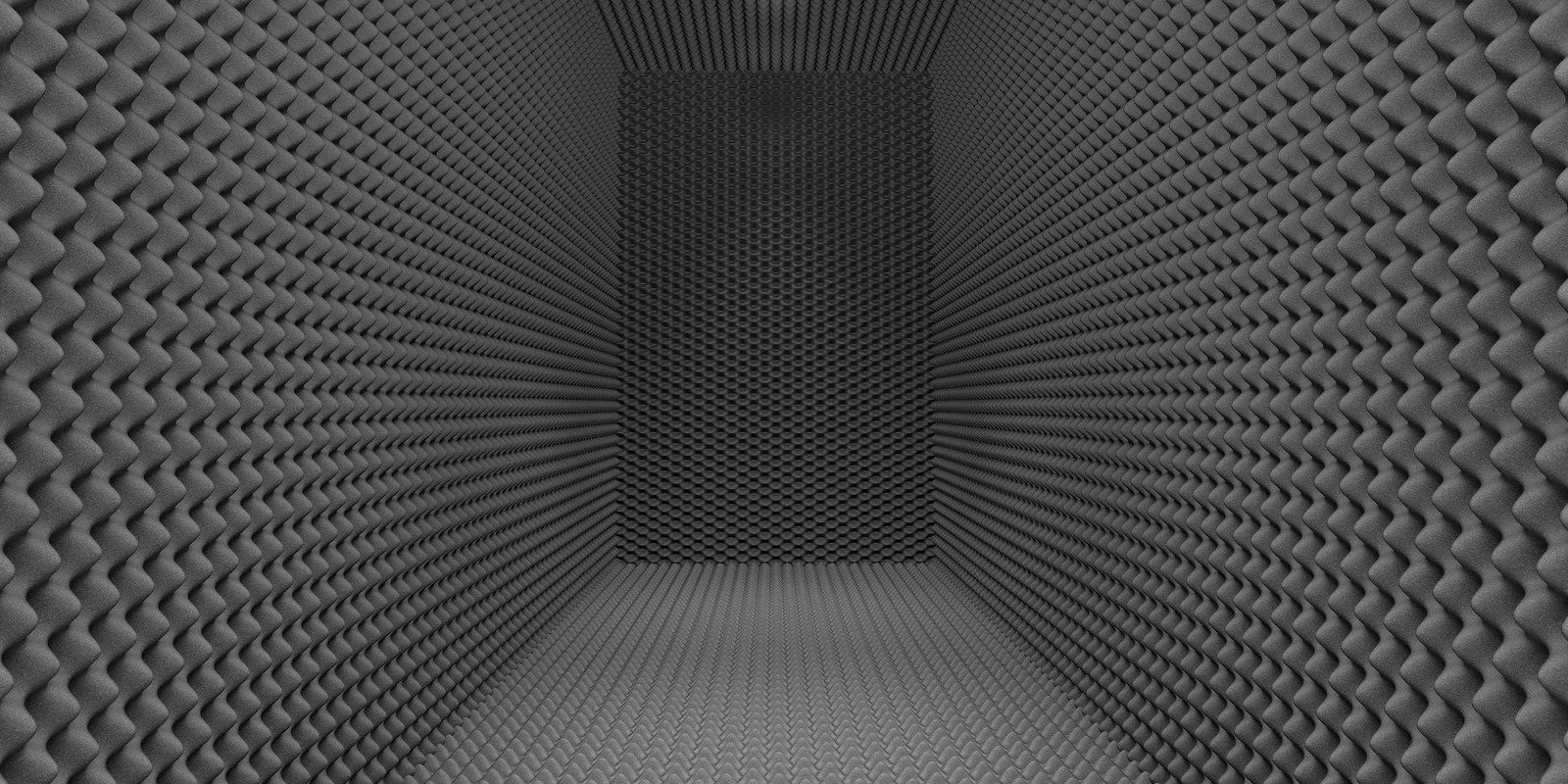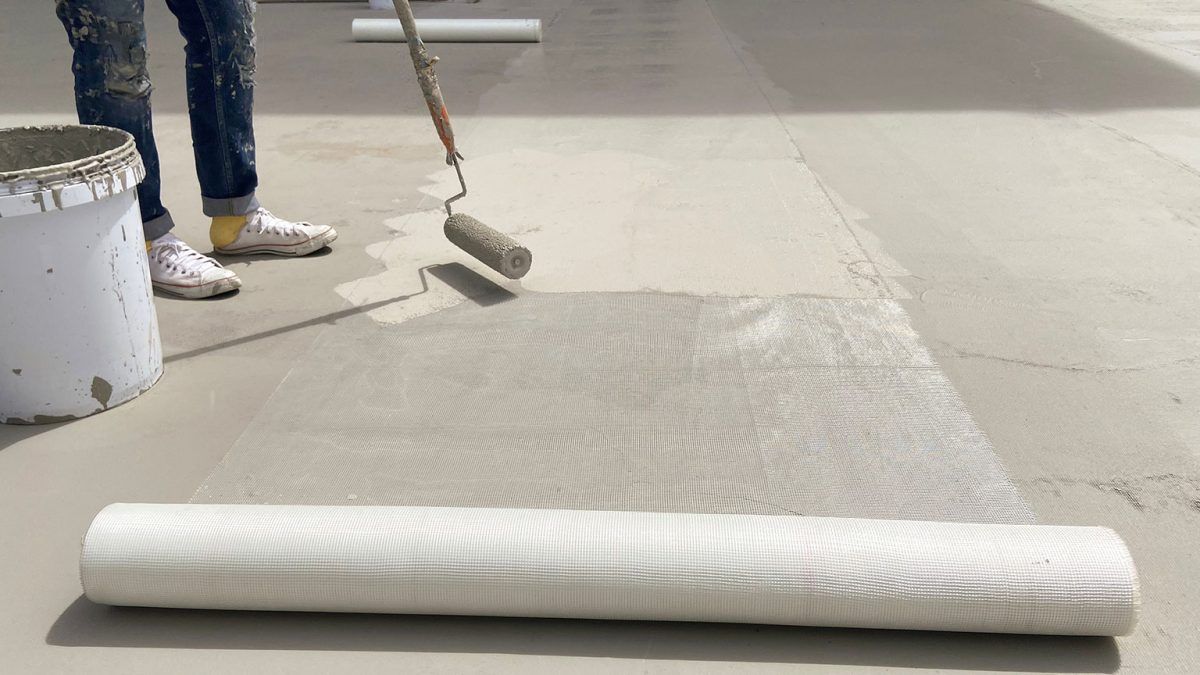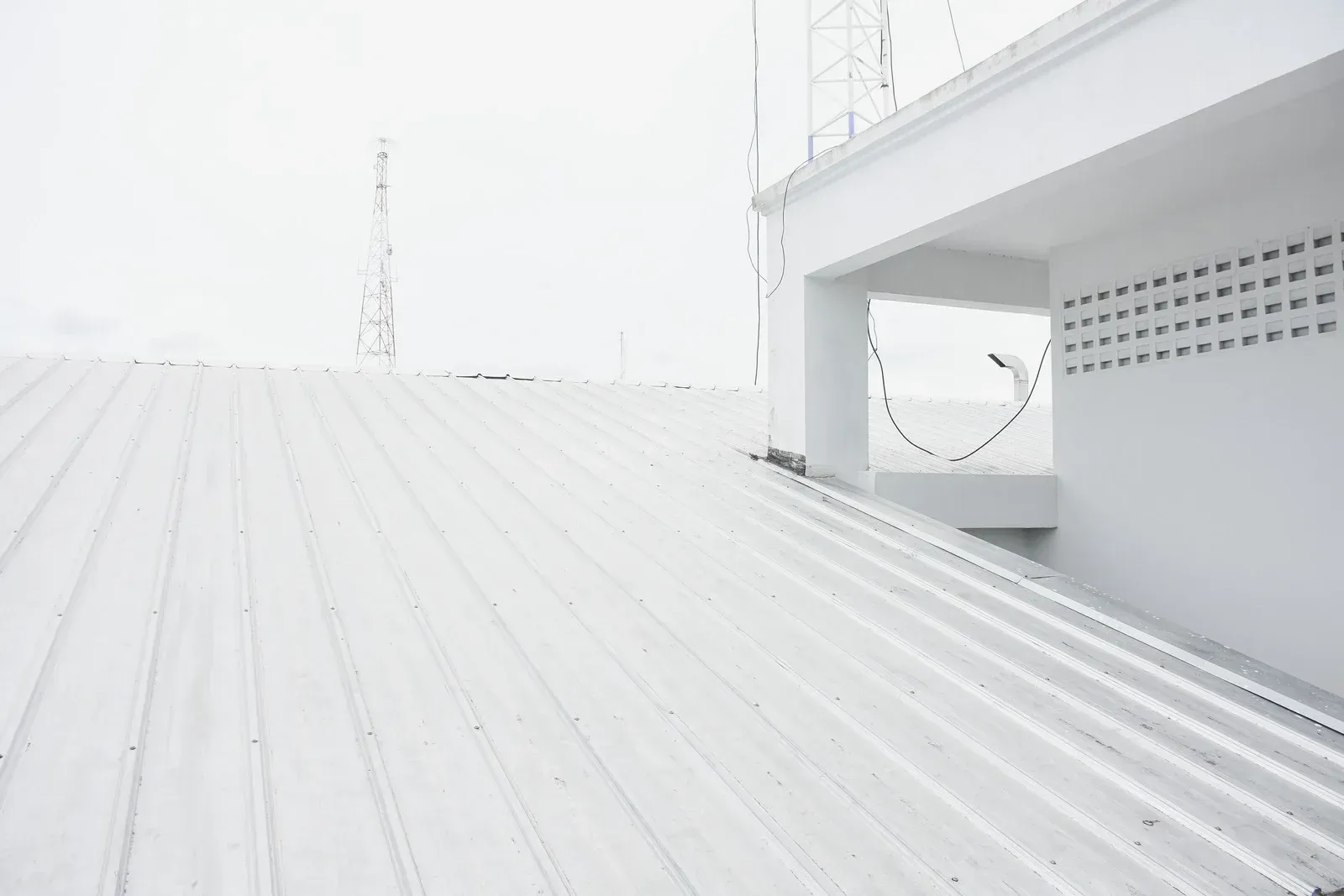What is The Stack Effect in Insulation? How Does It Work?
The stack effect is an important concept to understand when it comes to insulation. In short, the stack effect is the natural convection of air in a building. This convection occurs because hot air rises and cold air sinks. The stack effect can have a significant impact on the energy efficiency of a building.
In a well-insulated building, the stack effect is minimal. This is because the building envelope (the walls, ceiling, and floors) prevents heat from escaping. As a result, the temperature inside the building remains relatively constant. However, the stack effect can be significant in a poorly insulated building. This is because heat escapes through gaps and cracks in the envelope. As a result, the temperature inside the building fluctuates as hot air escapes and cold air enters.
The stack effect can also impact the indoor air quality of a building. In a well-insulated building, the indoor air quality is typically good because there is less exchange with outdoor air. However, indoor air quality can be poor in a poorly insulated building because there is more exchange with outdoor air. The stack effect is also responsible for drafts in a building.

What Are The Features of Stack Effect in Insulation?
The stack effect is the primary mechanism by which heat is transferred in building insulation.
- It occurs when warm air rises and cooler air sinks, creating a convection current.
- The stack effect is responsible for most heat loss in poorly insulated homes.
- Homes must be properly insulated and sealed from drafts to prevent the stack effect.
How Does Stack Effect in Insulation Work?
When warm air rises, it creates a pressure differential between the inside and outside of a building. This pressure difference is called a stack effect. The stack effect can cause building problems if not properly addressed with insulation.
To understand how the stack effect works, imagine a hot air balloon. The hot air inside the balloon is less dense than the outer cool air. This causes the hot air to rise, creating an upward force on the balloon. The same principle applies to buildings.
When a building is heated, the air inside the building becomes less dense than the cooler air outside. This causes the warm air to rise, creating an upward force on the building. If this upward force is not counteracted, it can cause serious problems for a building, including structural damage and leaks.
There are two ways to counteract the stack effect in a building: by pressurizing the building or by insulating the building.
Pressurizing a building forces warmer air down and prevents it from rising through convection. By circulating air throughout the facility with fans, you can keep temps consistent from floor to floor and reduce strain on your HVAC system caused by the stack effect.
Insulating a building is another way to reduce the effect of the stack effect. Insulation prevents heat from escaping the building, thus reducing the pressure differential between the inside and outside of the building. This helps keep air pressure inside the building more consistent, which helps to counteract the stack effect. Properly installed insulation will also help maintain temperatures in your facility, keeping it comfortable throughout all seasons.
Using either pressurizing or insulating strategies, you can successfully reduce the effects of the stack on your building. Both strategies can help ensure that your building remains safe, comfortable, and energy-efficient for years to come.
Conclusion
The stack effect is a phenomenon that occurs in tall buildings when the air inside the building is warmer than the air outside. The warm air inside the building rises, and the cooler air outside rushes in to replace it. This can cause problems with drafts, cold spots, and even condensation. It creates convective loops of air driven by temperature differences and pressure, causing the warmest air to rise and the coldest air to sink. Properly installed insulation can help control the stack effect and improve energy efficiency in your home. With this understanding of how it works, homeowners can make better decisions about their insulation needs.



